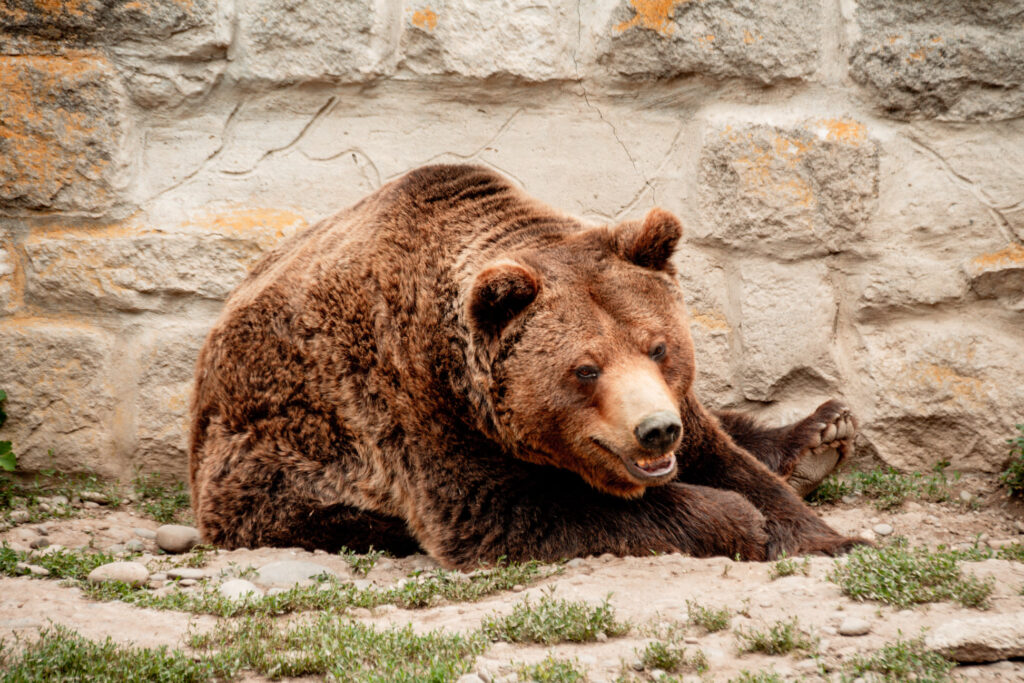The bears living at the Marosvásárhely (Târgu Mureș) Zoo did not see their shadows on February 2, meaning that spring will come early this year. According to folklore, on the second day of February, the day of Candlemas (Feast of the Presentation of Jesus Christ), if the bear leaves its cave, sees its shadow and goes back into hibernation, winter will last another 40 days. However, if the sky is cloudy and gray, the big game will not return to its winter home, which heralds the approach of spring.
András Kopacz, the manager of the Marosvásárhely Zoo, told the Agerpres news agency that the staff of the zoo has celebrated this day since 2005, and the bears have predicted the weather accurately 90 percent of the time.
The zoo manager added that there are differences between the behavior of bears living in captivity compared to those living in the wild, so the big game at the zoo have already made their sleeping areas in their cage, where they are awaiting spring while resting.
András Kopacz also said that the first children’s sessions of the year are also usually held on February 2 at the zoo, but this was canceled this year due to the epidemiological restrictions. The manager explained that although all children have a teddy bear at home, at the zoo, they learn about real bears and how they must keep a safe distance while visiting the zoo.

A series of popular meteorological forecasts are attributed to the behavior of animals during the year, and the people of the Maros (Mureş) Region have some specific predictions.
“In the Maros Region, it is believed that if the fox can walk on the ice on the day of Candlemas, it means the waters are still frozen and spring will come earlier; however, if its tail gets wet, winter will last longer, at least another 40 days. The 40-day extension of winter at the Feast of the Presentation of Jesus Christ is probably related to the 40 days that have passed since the birth of Jesus Christ. In Vajdahunyad (Hunedoara) and the Banat Region, it is believed that on the day of Candlemas, also called the Day of the Bear, the big game leaves its cave and plays in the snow. If it sees its shadow while playing, it will return to its cave, which indicates that winter is not over yet,” Agerpres quotes the website of the Ethnographic and Folk Art Museum of Marosvásárhely.
According to museologists, weather was important in the agro-pastoral economy of villagers, so every feast or holiday is related to meteorological forecasts. For example, in the Görgény (Gurghiului) Valley, the day of Candlemas is also called “Waiting for Summer,” and it is believed that if water is dripping from the gutters on February 2, spring is coming later, so people must conserve their hay to last until spring finally arrives.
Title image: Eight adult bears live in the zoo in Marosvásárhely. Photo: Marosvásárhely Zoo Facebook Page